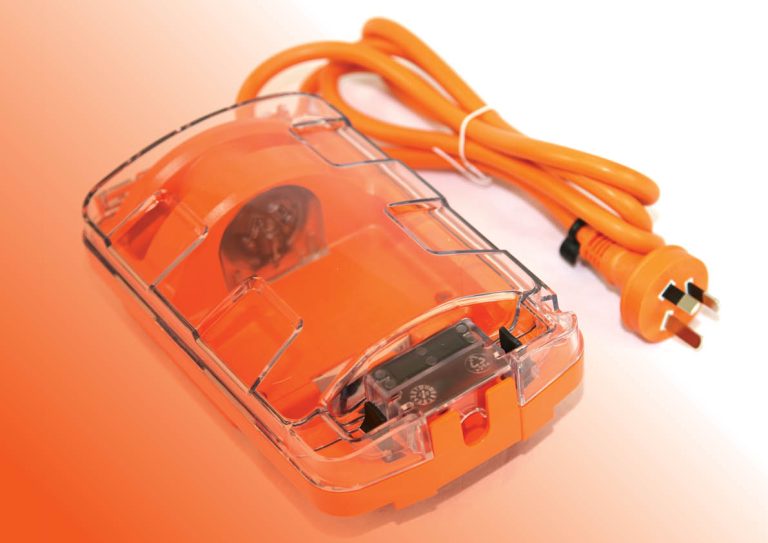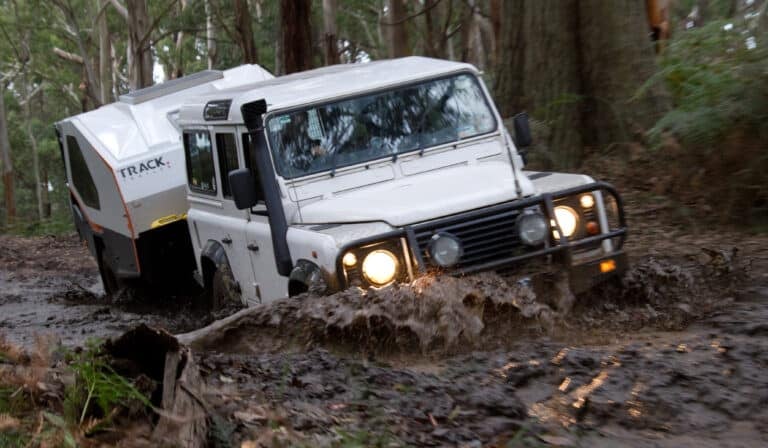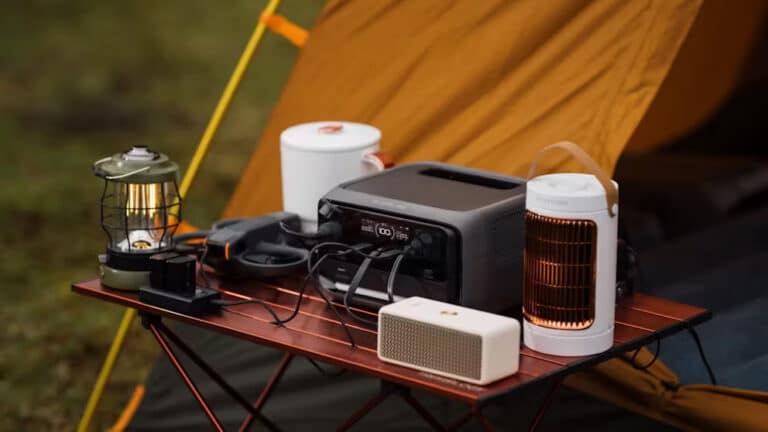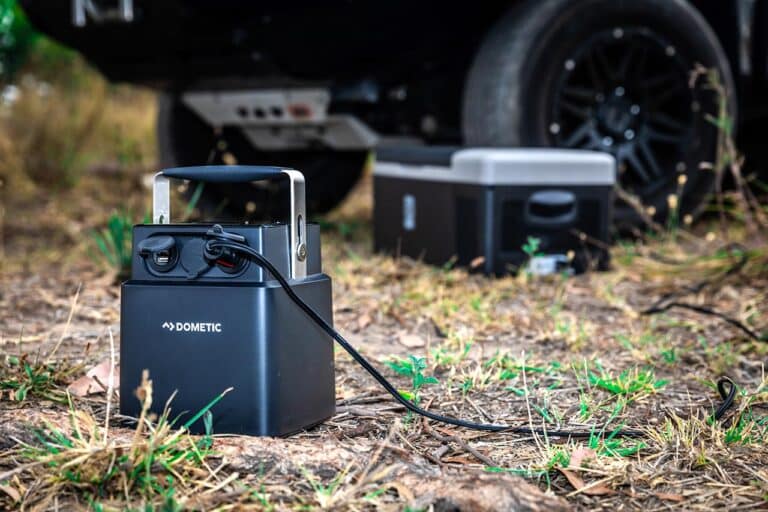No backyard bodge is safe or legal with electricity. Avoid high voltage cock ’n’ bull with the Ampfibian RV-PLUS.
By Mark Allen
We’ve all heard how ol’ uncle Harry used to file down the larger earth pin of a 15-amp extension lead so it would fit into a standard (smaller) 10-amp power point. We’ve even heard, in the ‘good old days’, crafty fellas would also extend the slot of a 10-amp female plug to allow that larger 15-amp earth pin to fit in. Well, that’s dangerous. It’s illegal. It’s dangerous. It will negate your insurance… and it’s dangerous.
If those reasons don’t stop you from tackling these DIY plug-altering tricks, then there’s probably no hope of convincing you to take the safer and legal option. You might as well sign off now, cancel your insurance and burn down your caravan, because that’s pretty much what you’re in for. Oh, and book an undertaker while you’re at it.
Ampfibian has various offerings to connect your caravan or motorhome, which both generally have 15-amp inputs – easily picked by the larger earth pin – to household power points power supply (generally 10-amp outlets and the smaller earth pin). While most caravan parks offer 15-amp power outlets making it straightforward to plug your 15-amp extension lead straight in; it’s when we are feeding power to our vans and motorhomes while at home, or while visiting friends’ places that we strike the mis-matched plug problem.
Ampfibian offers three 10- to 15-amp adapters to overcome the problem. The first, and not recommended for this situation is their MINI, which is more suitable for using with welders and indoor use only. The second, and the one we are testing, is the recently-released RV-PLUS, and the larger MAX, which does everything the RV-PLUS does but is also suited to trades and construction environments for commercial use. While this unit is an extra-tough piece of kit, I figured on the mid-range version for long-term, safe power delivery to my caravan. It’s also waterproof to IP55 and meets all applicable Australian standards.
The RV-PLUS offers a safe way to connect those mis-matched 10- and 15-amp leads and power points together, it acts as a switch to limit the maximum power drawn from the house and thereby protecting its circuitry, offers 2400W overload protection and personal protection via an integrated RCD (Residual Current Device) – that’s the big switch that clicks off in the blink of an eye and stops your hair going curly should something (electrical) go wrong.
There’s a small cleat that prevents the chord from being accidentally pulled out, plus a hole to pass a padlock through and is bright orange to help prevent clowns from running over it. Basically, the RV-PLUS keeps both your van or motorhome safe, as well as the power source circuitry safe and importantly it keeps you and yours safe, too.
The RV-PLUS is more compact than its larger MAX cousin, so makes squeezing into your limited packing space easier and is completely waterproof, so no need to plonk any form of covering over it. Sure, you could pay for a 15-amp power point to be installed by an electrician, so that covers you at home but not at your mates’ place, your in-laws or any private residence you may stop at, or the local council campgrounds or anywhere else that may not supply 15-amp outlets.
So, just to ram it home; what might happen if you don’t use a suitable 10- to 15-amp power adapter device on your van or motorhome? Overloading of the lower-rated house circuit, leading to a fire and resulting in cancelling of your insurance, plus, you are breaking the law.
RV-PLUS RRP$149.












